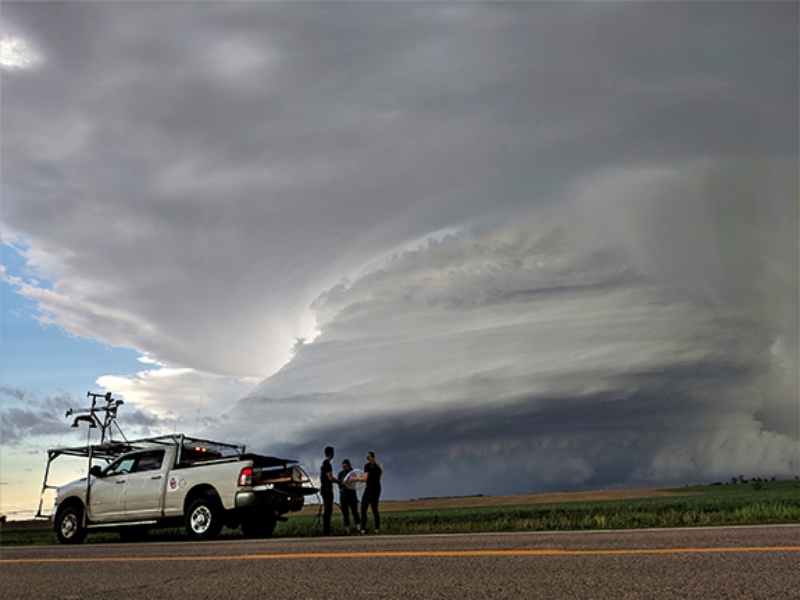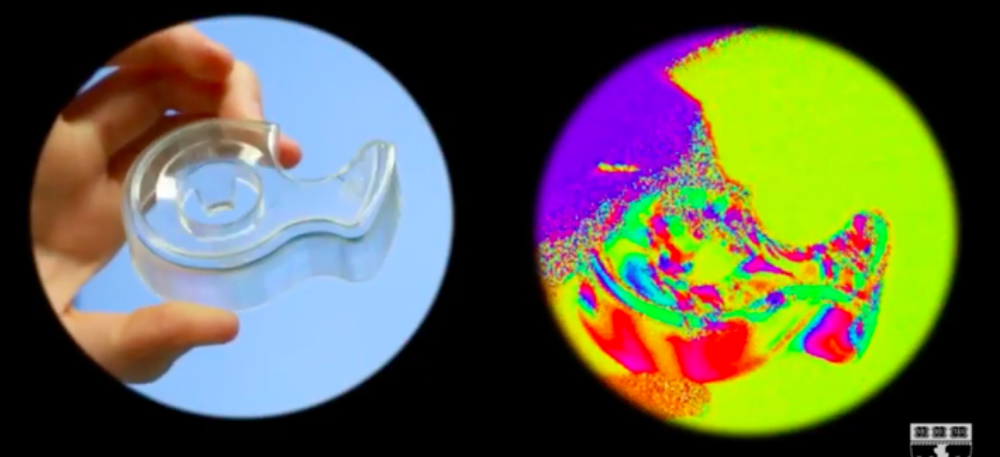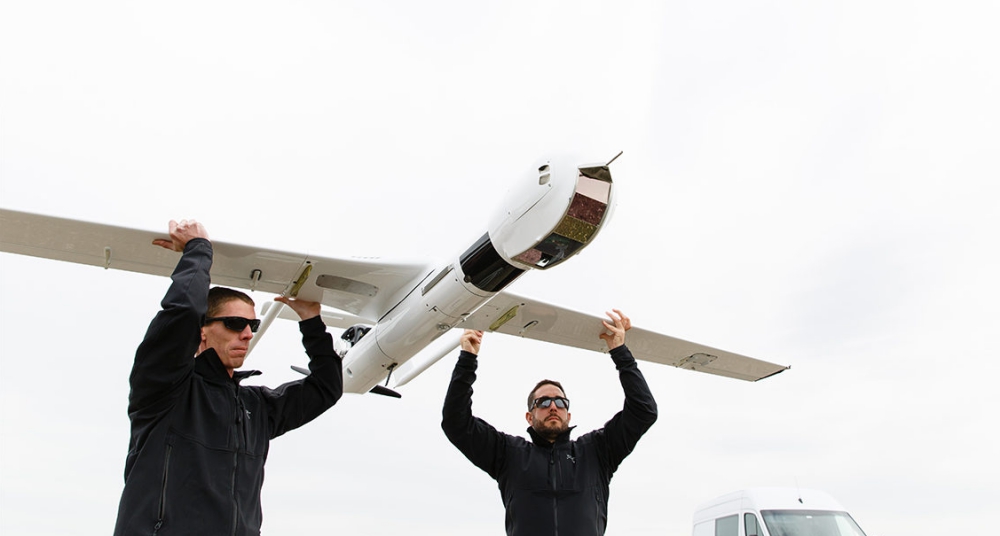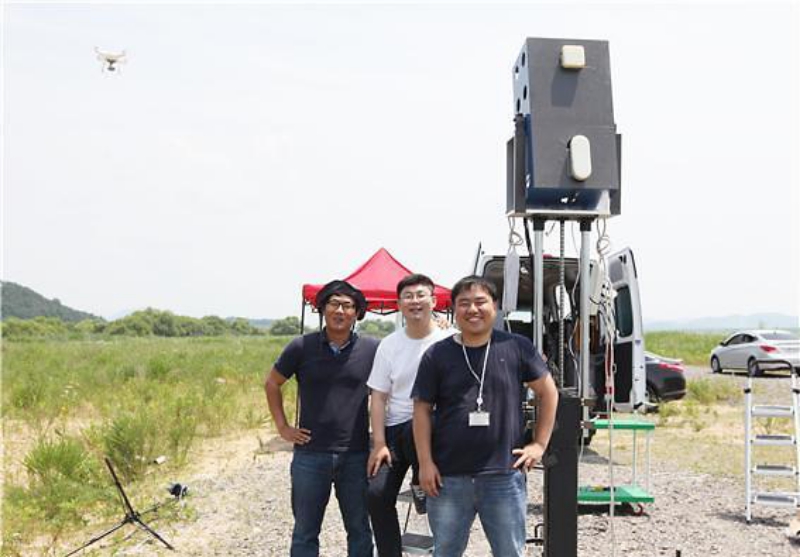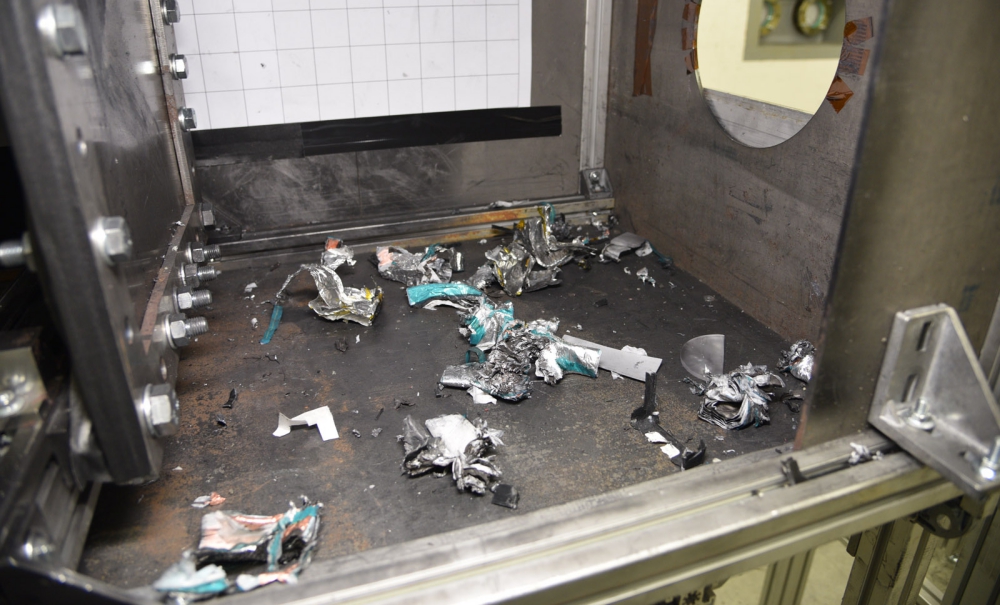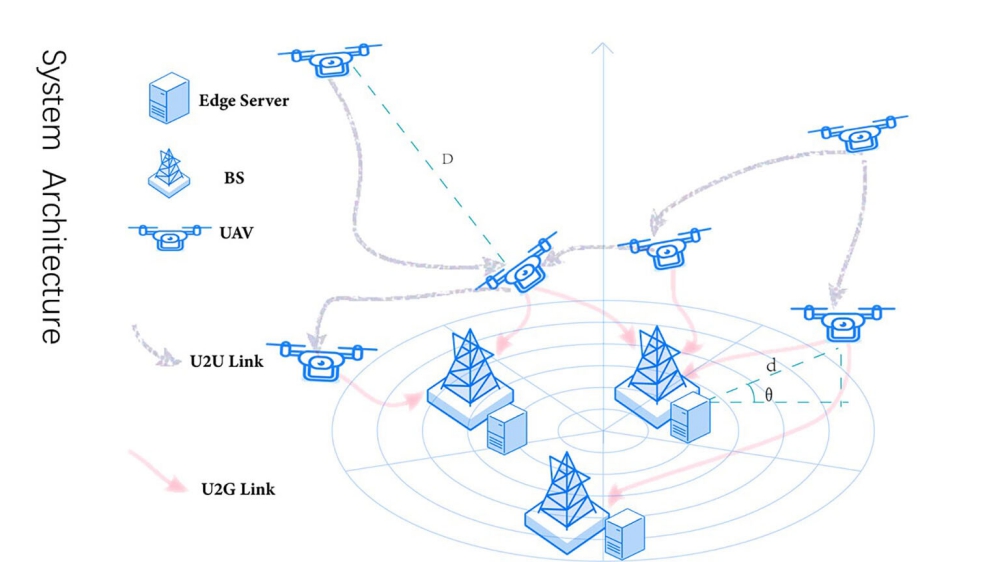After 32 days on the road, more than 9,000 miles, 19 supercell storms and at least eight tornadoes, researchers expect results from the Targeted Observation by Radars and UAS of Supercells, or TORUS project, to be groundbreaking. Continue reading
Category Archives: Research
Cranfield and Thales to Collaborate on New Aviation Technologies
Cranfield University and Thales have announced plans to work closely in partnership to unlock the potential of new aviation technologies. The UK Government’s recent Aerospace Sector Deal highlighted the potential for the UK in developing future aviation technology, with a previous study by PwC revealing that drone technology has the potential to increase UK GDP by 2 per cent by 2030. Continue reading
New Camera Could Help UAS See Through Camouflage
There’s a reason why camouflage doesn’t work once you get close enough to touch it. The texture of, say, the woodland pattern intended to conceal tanks or soldiers doesn’t match what nature produces. The farther off you can detect an ersatz texture, the sooner you can pierce the disguise. Continue reading
US Army Grant to Develop Hydrogen-Powered UAV
Jacob Leachman, associate professor in Washington State University’s School of Mechanical and Materials Engineering, has received a $1.8 million grant from the U.S. Army to demonstrate a liquid hydrogen-powered UAV and refuelling system. Continue reading
South Korean Researchers Detect Small Drones at 3Km
South Korean researchers have developed a detection system capable of identifying small drones more than three kilometers away that can be used to monitor and stop spy drones or unmanned operations targeting high-risk facilities such as nuclear power plants. Continue reading
Fraunhofer Measures Drone Collision Impact
The rapid rise in the number of drones worldwide has been accompanied by increasing reports of near misses with commercial aircraft. Bird-strike tests for aircraft are mandatory. To date, however, there is no equivalent standard test procedure for collisions with drones. Continue reading
X-56A Flight by NASA Armstrong Flight Research Center
The X-56A remotely piloted research aircraft is suppressing flutter, which is a potentially destructive oscillation, at NASA’s Armstrong Flight Research Center in California. The video of the aircraft takes the viewer on a journey through preparation, takeoff, mission flight, the control room and landing. Continue reading
Energy-Efficient Data Routing in Cooperative UAV Swarms
A new energy-efficient data routing algorithm developed by an international team could keep unmanned aerial vehicle swarms flying—and helping—longer, according to a report just published by an international team of researchers. Continue reading

